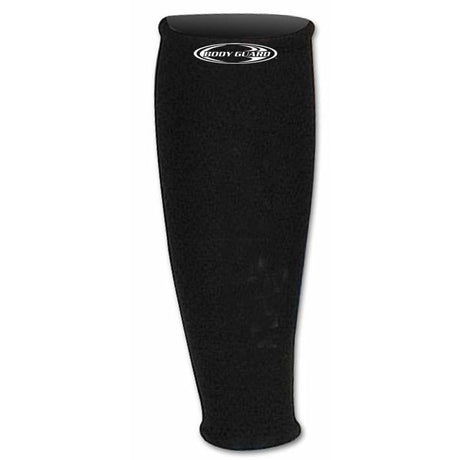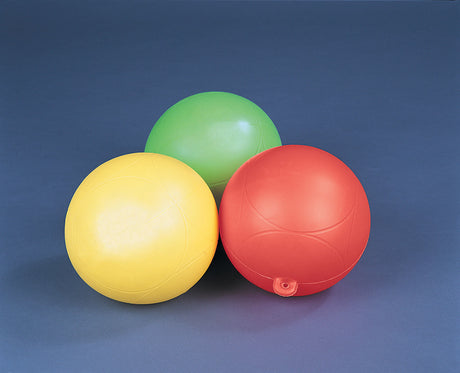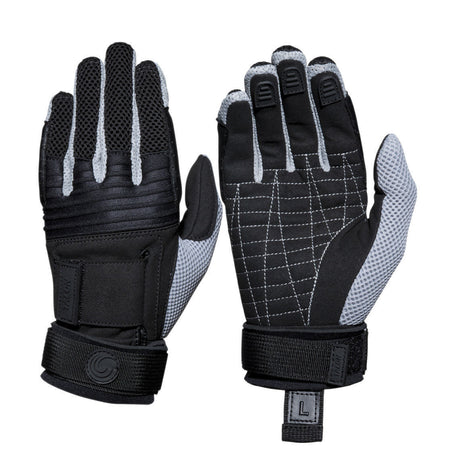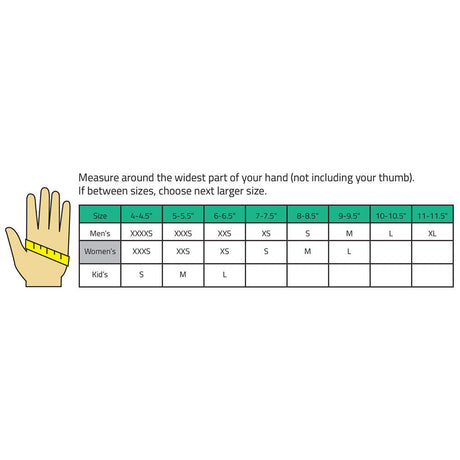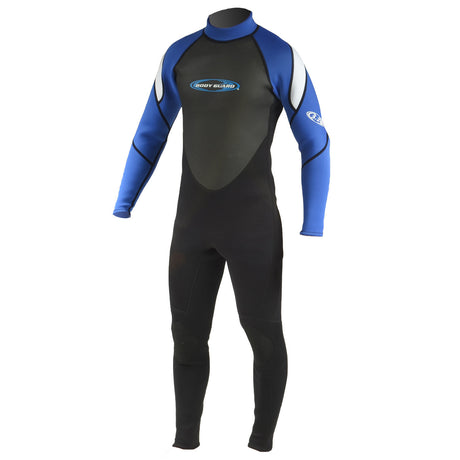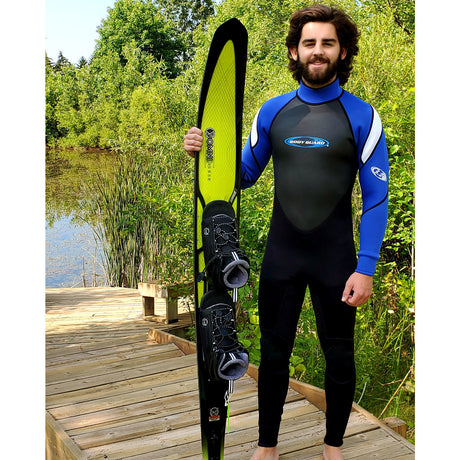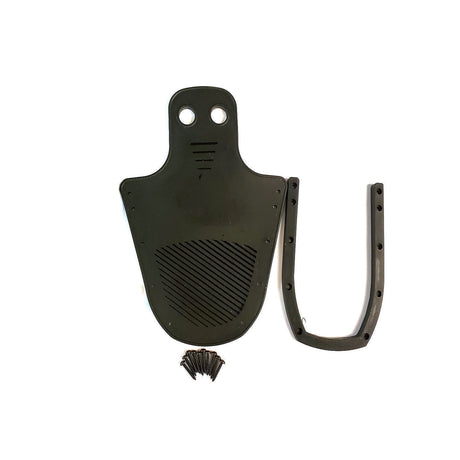Wakeboarding, kneeboarding -- what's the difference? Is one generally "better" or more fun than the other? What about for kids? Which one's the better option for getting your little ones behind the boat on their first tow? Let's compare.
What is Wakeboarding?

What is Kneeboarding?

Pictured: HO Proton Kneeboard
If you thought kneeboarding was a newer offshoot of wakeboarding, well -- you're unfortunately wrong. Kneeboarding is, in fact, one of the oldest towed watersports, predating wakeboarding by about two decades.
In the 60s and 70s, California surfers Mike Murphy and Bud Holtz produced a fiberglass board with a thin strap called the Knee Ski. Another surf industry entrepreneur, John Taylor, produced the first molded plastic kneeboard, the Glide Slide.
Both boards quickly became popular, with the Glide Slide getting mass production in the 80s. The American Kneeboard Associatio nwas formed around that time, and the sport of kneeboarding became a professional, competitive alternative to water skiing.
Today, kneeboards are optimized for various riding styles. Larger, wide boards with extra rubber molding and thick, padded straps make great beginner options for new and youth riders.
More advanced, narrower, and sharper kneeboards provide a locked-in feeling, offering advanced riders the ability to rapidly change direction, perform spin tricks, and even catch air off the wake.
Wakeboarding vs. Kneeboarding: What's Different?
Obviously, one board requires the rider to stand atop it, while the other requires the rider sit on their knees. But these are just two of other, more subtle differences between the wake sports.
Kneeboarding is Slower
Kneeboards typically require a boat speed of 15 to 20 MPH. For new riders and youth riders, boat speeds typically go as low as 10 MPH, with incremental increases in speed as the rider's confidence grows.
Wakeboarding is a faster sport, with average boat speeds approaching up to 25 MPH for experienced riders, and speeds of around 15 MPH for new and youth riders.
In other words, no matter your skill set or riding style, you can expect to ride about 5 MPH faster on a wakeboard.
Wakeboard Tow Ropes are Longer
Kneeboard tow ropes are usually 55 feet in length -- between 5 and 20 feet shorter than wakeboard ropes, which typically range between 60 and 75 feet. This shorter rope length is necessary to allow for quicker maneuverability when being towed at slower speeds.
Kneeboarders also tend to carve from side to side and generally maneuver less than wakeboarders, which necessitates the use of a shorter rope.
Kneeboards Are Smaller
The compact, seated profile of the rider allows kneeboards to be physically smaller than wakeboard. They also tend to be wider and, in some cases, nearly square, affording more side-to-side stability.
Kneeboards maintain a more traditional surfboard shape, with a thinner, rectangular profile that promotes straight-line speed and less lateral stability in favor of greater side-to-side maneuverability.
Which One's Easier to Get Started On?

Pictured: O'Brien Black Magic Kneeboard
Perhaps unsurprisingly, it is easier to get started on a kneeboard than it is on a wakeboard. The board's smaller size and lower tow speed contribute to making the task of getting seated easier.
But most of all, the transition from resting in the water to getting into the proper position is easy on a kneeboard. That's because the board is already facing the direction of travel, and the rider only needs to tuck his or her knees under their chest from a prone position -- a quick, short maneuver that allows the rider to keep both hands on the board while holding the tow handle (in some cases, the board has a hook to hold the handle, like the O'Brien board above), which affords more stability during the transition.
Conversely, getting up on a wakeboard means mastering a longer and more complex transition into a riding position: The rider must start from a back-resting position in the water, with the board strapped to one's feet and pointed perpendicular to the boat. Manipulating the board parallel with the tow rope while simultaneously twisting the body and attempting to stand upright on the water using the lift generated by the board can be challenging for most new riders.
Given that kneeboards are smaller, slower, easier to get started on, and relatively affordable, it's usually a good idea to let new wake riders -- especially youth riders -- practice riding in the wake and being towed behind the boat on a kneeboard before transitioning to a wakeboard.



